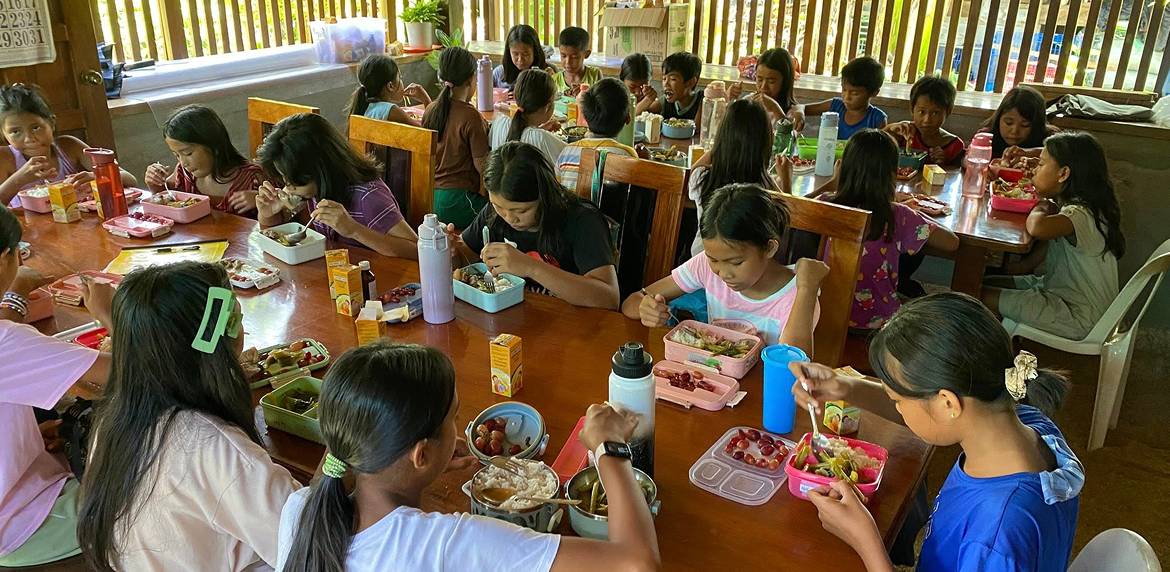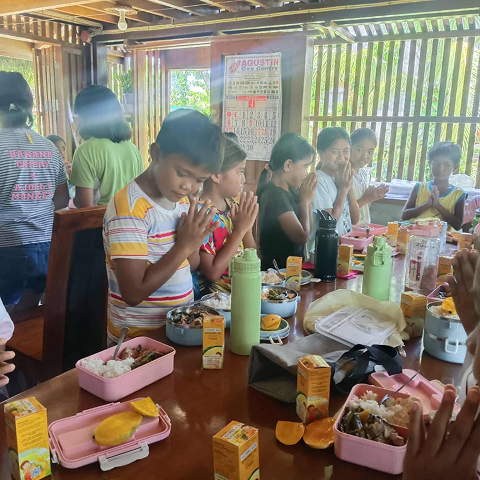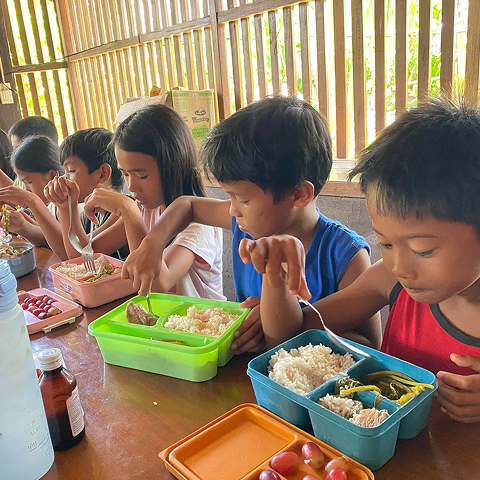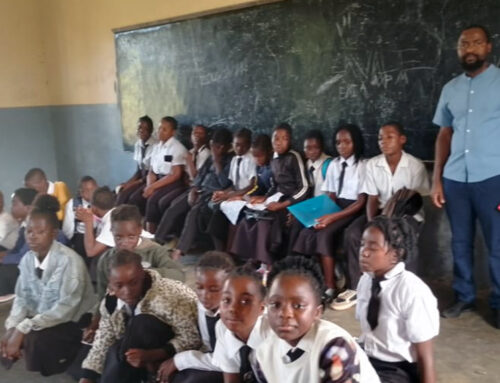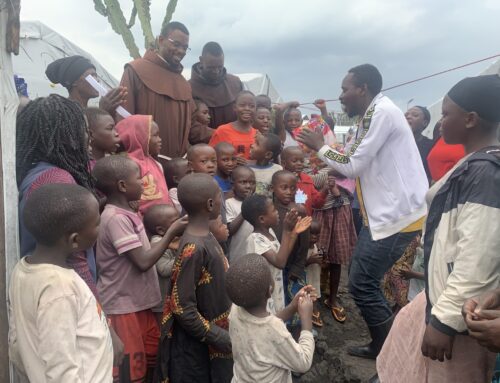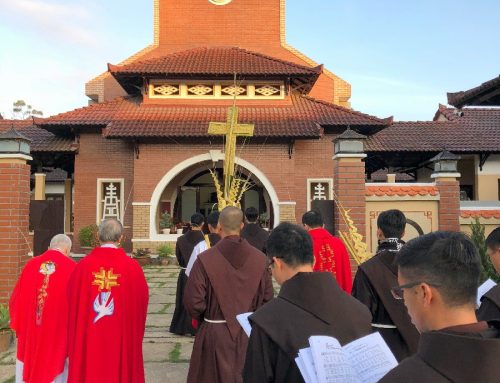La vida en una aldea remota de Filipinas
El pequeño pueblo costero de Dinapigue, ubicado en la provincia de Isabela, Filipinas, alberga a algunas de las personas más pobres del país. Dinapigue es una zona rural con una población de unos 400 habitantes. Debido a su tamaño y ubicación geográfica, las familias enfrentan dificultades económicas.
Muchos de los habitantes de Dinapigue también forman parte de la comunidad indígena, un grupo marginado que a menudo es olvidado y desatendido. Dos de las principales ocupaciones de la zona son la pesca y la agricultura. Sin embargo, debido a su ubicación costera, muchos son vulnerables a los tifones. El clima severo dificulta su subsistencia.
Abordar el efecto de la inseguridad alimentaria en la educación
Los frailes franciscanos que sirven en esta zona son el Hno. Froilán Cruz, OFM, y el Hno. Guilieros Montemor, OFM. A través de su ministerio, observaron que los problemas sociales y económicos en Dinapigue dificultaban que los niños recibieran una educación adecuada. Muchos estudiantes no asistían a la escuela porque tenían demasiada hambre para concentrarse. Sin la oportunidad de comer antes de clase, la participación disminuía.

Los frailes se inspiraron para crear un Programa de Alimentación para los numerosos estudiantes desnutridos y menos afortunados de las escuelas primarias y secundarias, con la esperanza de que les ayudara a continuar su educación. El Programa de Alimentación se desarrolló de febrero a mayo de 2025 y 50 estudiantes desnutridos de las escuelas primaria y secundaria Dinapigue recibieron deliciosas comidas durante la campaña.
Comunidad y colaboración: el corazón del programa de alimentación
Los frailes se asociaron con los líderes escolares para implementar el programa y trabajaron con un grupo de proveedores locales de alimentos, supermercados y granjas para obtener los alimentos de forma sostenible. Colaboraron con organizaciones de salud para brindar educación nutricional a los niños y sus familias.
Los miembros de la comunidad se ofrecieron como voluntarios para preparar las comidas en la cocina del convento. Se estableció un horario para la distribución de comidas para que quienes vivían en zonas más remotas pudieran acceder a ellas. El programa se llevó a cabo durante 100 días seguidos, sin interrupción, y sirvió como un sistema de apoyo constante para los niños y sus familias.
El Programa de Alimentación abordó la inseguridad alimentaria y la desnutrición proporcionando comidas regulares y nutritivas, además de educación sobre alimentación saludable y preparación de comidas. Fomentó un sentido de comunidad entre estudiantes y voluntarios mediante comidas grupales y mejoró la salud, el bienestar y la calidad de vida de los estudiantes.

